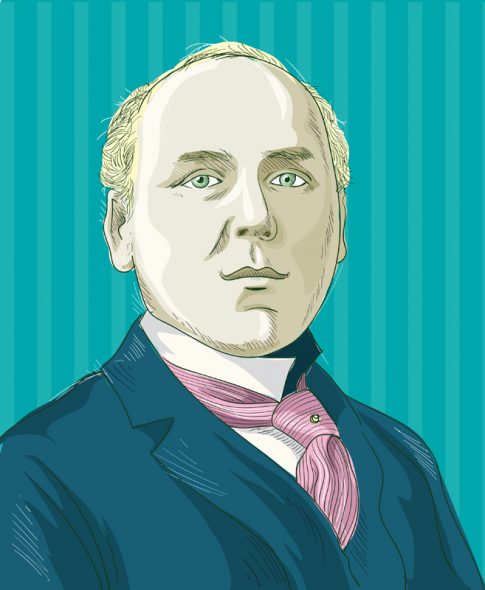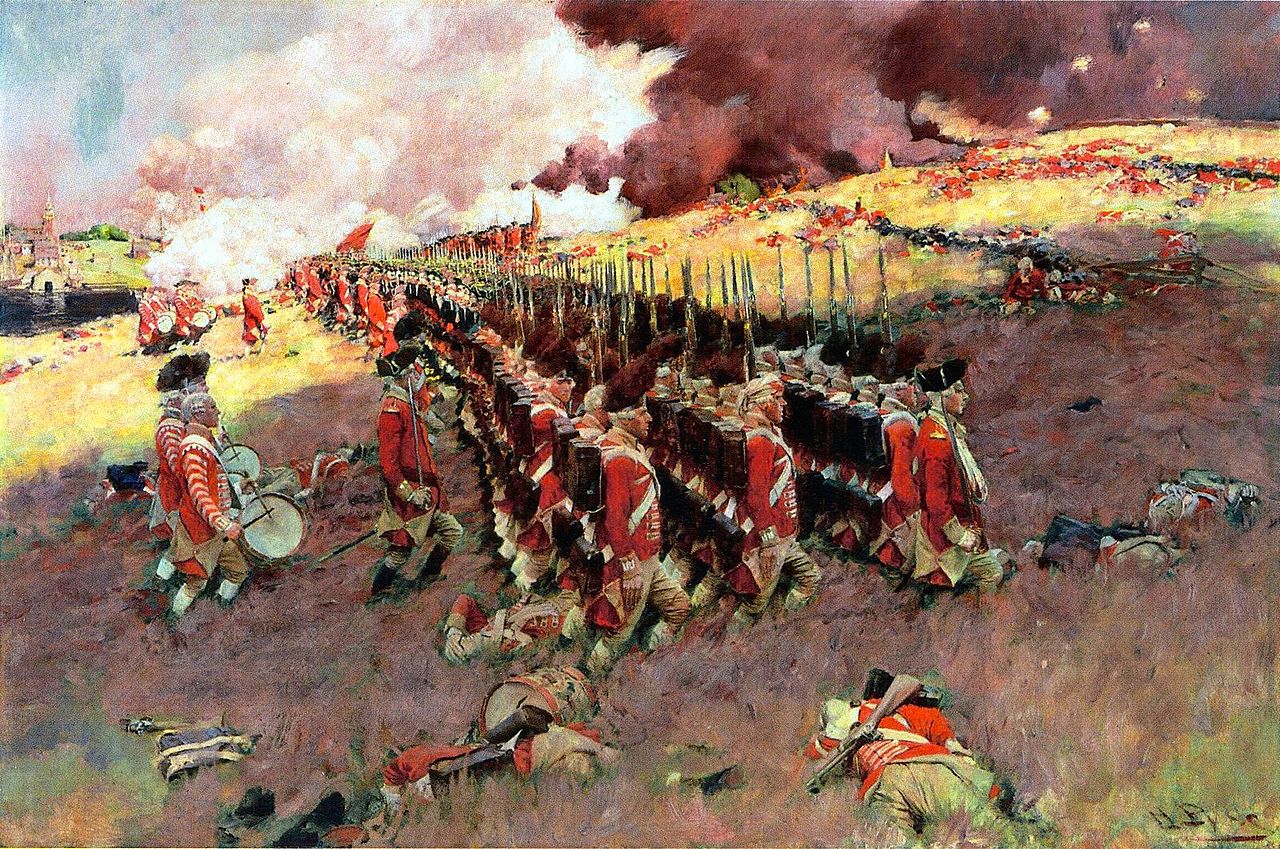Recognised as the father of American illustration, Howard Pyle forever changed the way we think of our heroes through his vivid, often dramatic black-and-white and colour drawings and paintings, in addition to his adventure writings, especially for young readers, including King Arthur and the Knights of the Round Table, Robin Hood and his Merrie Men, and the pirates who roved the Caribbean. Many of his pictures inspired by the American colonial period or the Revolutionary and Civil Wars were so historically accurate and have such a contemporary feeling that they continue to appear in history books today. Through his teaching, Pyle trained and influenced a future generation of illustrators, instilling a unique American vision and style in their work.
Born into a Quaker family in Wilmington, Delaware on March 5, 1853, Howard Pyle had a happy childhood, which he often replicated in his art throughout his life. He underwent little formal artistic training, except for studying with the Belgian painter Franz Van der Weilen in Philadelphia between the age of 16 and 19. In 1876, he took some classes at the Art Students League in New York and soon began producing illustrations for magazines like Scribner’s Monthly, Harper’s Weekly and, for children, Saint Nicholas. Increasingly successful, Pyle returned to Wilmington in 1880, where he continued to write and illustrate. From 1894 to 1900, Pyle taught illustration at Philadelphia’s Drexel Institute of Arts and Sciences. In 1900, he created his own school in Wilmington with a summer school in Chadds Ford, where he taught his students, many of them women, free of charge. By 1905, Pyle’s career had begun to slow down. With the markets changing, tastes in fiction evolving, and photography and advertising rapidly proving ascendant, Pyle decided to shift toward mural painting, then becoming popular.
A tall, handsome, morally upstanding man with a slight stammer, a friend wrote that “the years dealt most kindly with Pyle, and in his middle fifties he was one of the most delightful looking of men. His head, indeed, was gray where it was not bald, but his face was rosy, his carriage erect, and his expression one of ripe benevolence and delightful openness”. Also appreciated by the famous, Pyle illustrated Woodrow Wilson’s A History of the American People and was a friend of both Theodore Roosevelt and Samuel Clemens, better known as Mark Twain.

Illustration by Leo Cardini
Wishing to perfect his mural work by learning more from the old Renaissance masters, Pyle closed the school in Wilmington and left, together with his wife, their six children and his secretary Gertrude Brincklé, on his first European trip, to Italy. Announcing to the press that he had “commissions which will take up my time abroad”, he planned a lengthy stay, probably also attracted by the lower living costs in Florence than at home.
The party arrived in Naples on December 7, 1910 and, although unwell, Pyle decided to proceed to Florence but was forced to stop over on arriving in Rome. Once able to leave, he was unimpressed with the city and wrote that Roman ruins were “ugly and disagreeable. I saw nothing beautiful in them, but only the weather-worn remnants of a past and forgotten age”. Likewise, when the family arrived in Florence, Pyle described their accommodation at the Pensione White as “cramped” and “on the outskirt of slums”, and only brightened up when, just before Christmas, they moved to via Garibaldi 6 (now 12) into “a suite of apartments in a very nice part of the city where the houses are new, and nice people live about us”. This part of town was known as the “English quarter” because so many foreigners lived there, including the writer Vernon Lee until she purchased Villa Il Palmerino in 1889. The Anglo American Hotel was also close by at number 9. Once settled, Pyle and his family engaged in a lively round of dinner and tea parties, and explored churches and museums, such as the Stibbert, which Pyle visited with “an Italian friend”.
Pyle worked daily, dictating to his secretary as he did so, at a studio he rented in piazza Donatella where many fellow artists also had their studios. In June, the group transferred for the summer to Villa Torricella in San Domenico with the idea of staying until October. Pyle’s plans soured when he discovered that the local people were “exceedingly dirty in their habits” and that the excessive heat forced the family to sleep outside on the terrace at night. Escaping “his prison” as he called it in September, he took them all to Siena for two weeks before returning to Florence.
Work was scarce, despite urging his contacts back home to seek jobs for him. Pyle’s health deteriorated and he suffered bouts of the “blues”. Before the year ended, he became very ill with a kidney infection (probably Bright’s disease) and, on November 9, 1911, died at the age of 58. In keeping with his wishes, he was cremated and is interred at the Allori cemetery just outside Florence. A cruel irony, the day after his death a client tried to contact him to offer him a large mural project.
Conference on Howard Pyle: American Master – studente a Firenze

On March 13, 2018, 10am–1pm, the Accademia delle Arti del Disegno, with the Tuscan American Association, has organised a Conference on Howard Pyle. Speakers include Professor Semeraro of the Accademia delle Arti del Disegno, Professors Jeff Pike and Douglas B. Dowd of the Sam Fox School of Design & Visual Arts at Washington University in St. Louis, Professor Valeria Bruni of the Accademia delle Arti del Disegno and Deirdre Pirro of The Florentine. The conference will be held in the Sala del Cenacolo at the Accademia di Belle Arti di Firenze, via Ricasoli 66, Florence. A plaque in Pyle’s honour will be unveiled in the afternoon at 3:30pm at the address where he resided in Florence at via Garibaldi 12.
Enjoyed this piece? Check out Deirdre Pirro’s books published by The Florentine Press.








